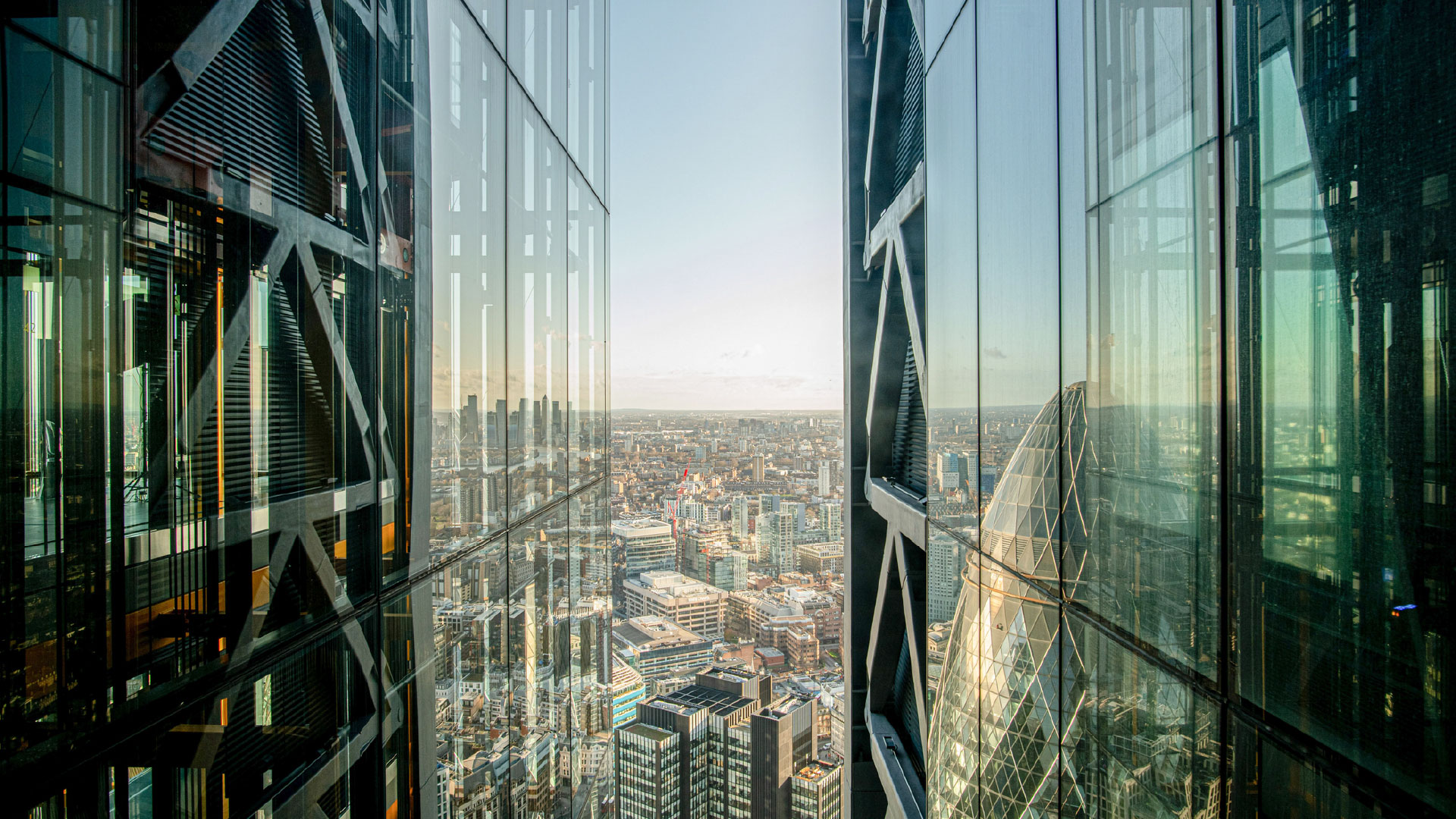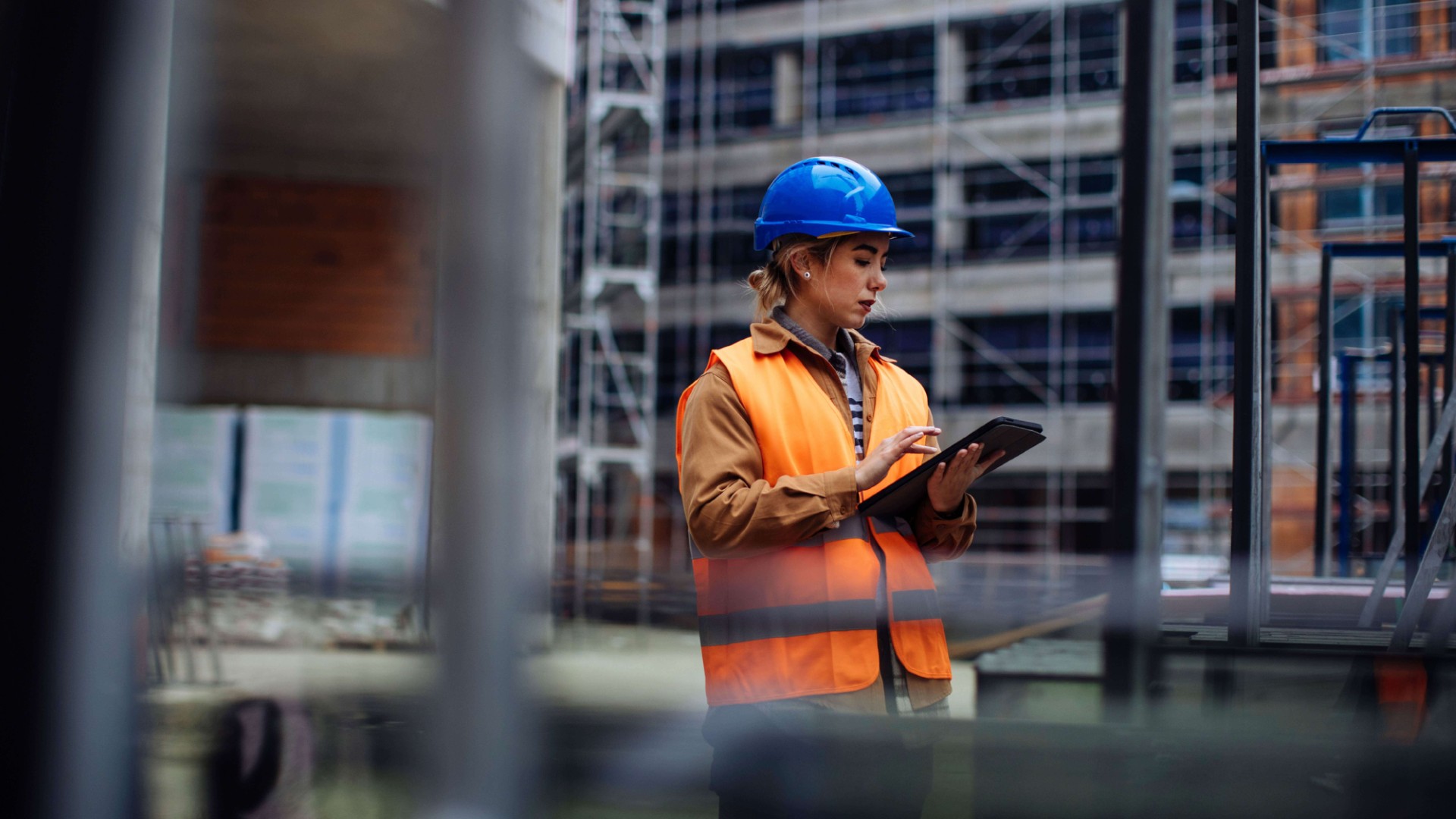Strategic Focus: Is Proactive Maintenance The New Norm?
Access this research
Access all Real Estate, Facilities & Workplace Tech content with a strategic subscription or buy this single report
Need help or have a question about this report? Contact us for assistance
Executive Summary
Maintenance practices are undergoing a fundamental shift – from reactive approaches to proactive, data-driven strategies. As organizations phase out outdated computerized maintenance management system (CMMS) and computer-aided facility management (CAFM) tools, they are adopting platforms that leverage Internet of Things (IoT) sensors, AI and cloud connectivity to align maintenance not just with operational needs, but with broader business goals such as uptime, sustainability and cost optimization. This transformation is being driven by a growing dissatisfaction with legacy tools, mounting regulatory pressure on energy performance, and the rise of performance-based facilities management (FM) contracts that reward outcomes over tasks. However, the shift is not without challenges: upfront investment, integration with legacy systems, data security and workforce adoption remain critical hurdles. Historically, maintenance has been treated as a tactical function – but this report aims to support a shift in mindset. Rather than assuming a strategic approach is already in place, it offers practical insights to help facilities leaders, building owners and technology buyers understand what proactive maintenance really looks like today – and what they should be asking of vendors to enable it. By demystifying key technologies, emerging practices and market expectations, this report provides a clear framework for engaging with solutions that are reshaping the future of maintenance. It gives readers the right questions to ask to ensure they invest in a market where proactive maintenance is fast becoming the new norm.Evolution of maintenance strategies, and market context
Growth in proactive maintenance is being powered by changes in strategies, enabled by technological advances
Customer and stakeholder trends are driving the move to proactive maintenance
Technology is the backbone of proactive maintenance
Proactive maintenance delivers strategic business value
Overcoming barriers to proactive maintenance
Figure 2. Real estate executives’ investment plans for maintenance offerings
Figure 3. Key stakeholder actions for accelerating proactive maintenance
About the Authors

Joy Trinquet
Senior Analyst
Joy is a Senior Analyst at Verdantix, specializing in real estate, facilities and workplace technology, with a particular focus on integrated workplace management systems/conn...
View Profile
Sophia Shakur
Industry Analyst
Sophia is an Industry Analyst at Verdantix, specializing in real estate and facilities software. Her research focuses on building optimization, tenant and occupier experience,...
View Profile
Claire Stephens
Research Director
Claire Stephens is a Research Director at Verdantix, leading research into technologies and services shaping the real estate and the built environment, encompassing ...
View Profile







-of-offices-the-state-of-workplace-amenities-designs-post-covid_1920x1080px.jpg?sfvrsn=9bfe0d1b_1)
